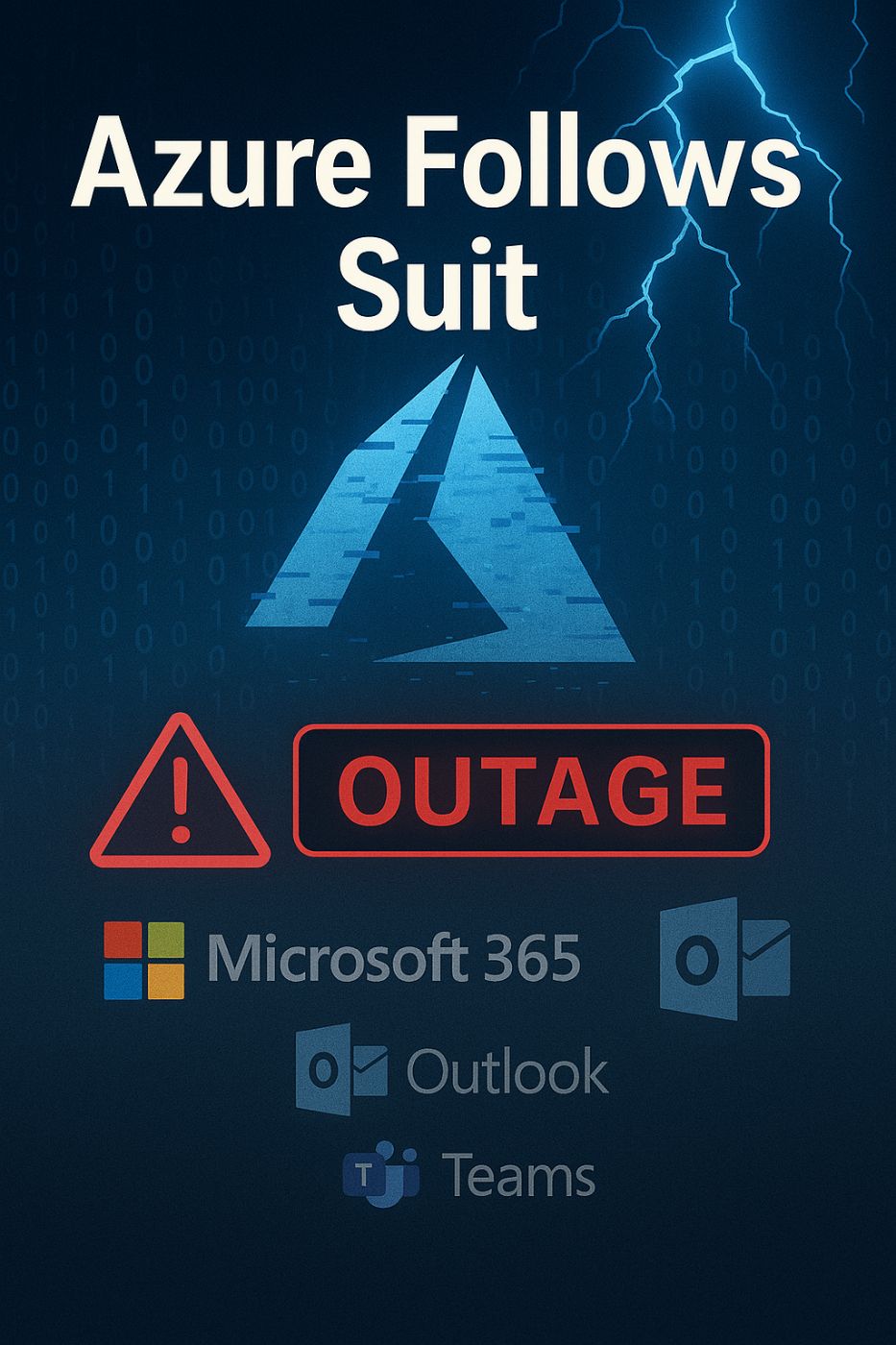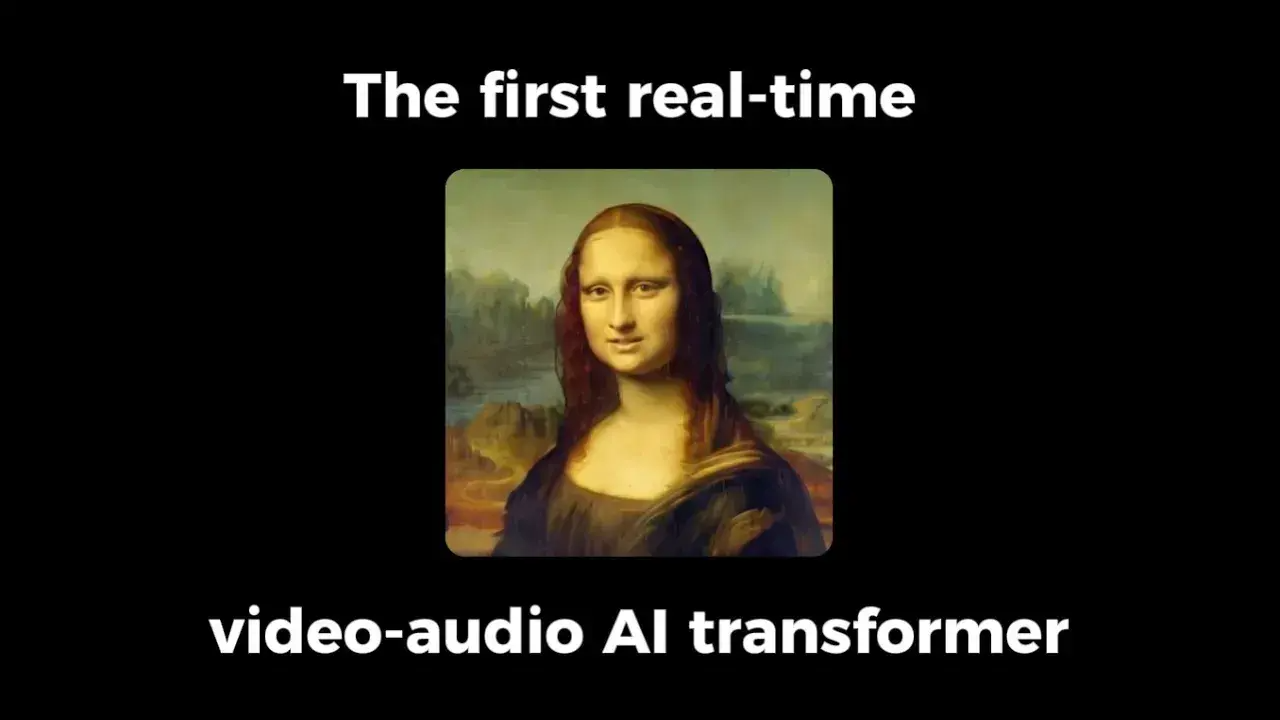In October 2025, the internet reminded us that nothing—absolutely nothing—is immune to failure. n Within just nine days, two of the world’s biggest cloud providers—Amazon Web Services (AWS) and Microsoft Azure—suffered massive outages that sent shockwaves through the digital world.
Apps froze. n Websites went dark. n Voice assistants stopped responding. n Even enterprise dashboards blinked out like city lights during a storm.
For a few surreal hours, the modern internet—our invisible infrastructure—suddenly felt fragile.
What happened? And what can we, as builders, architects, or even everyday users, learn from the month the cloud crashed?
The Day of the AWS Outage
It began with AWS US-EAST-1—the infamous region that powers a significant portion of the world’s internet applications.
n On October 20, 2025, DNS resolution errors began cascading across services, disrupting EC2, S3, Lambda, and more.
n Within minutes, platforms like Snapchat, Fortnite, and Alexa began to falter.
What broke, technically
- Root trigger: a DNS issue tied to AWS’s DynamoDB API in US-EAST-1, causing internal control plane requests to fail.
- Cascade effect: EC2 and Lambda operations couldn’t resolve service endpoints, leading to stuck deployments and timeouts.
:::info
Result: “Increased error rates and latencies across multiple AWS services.”
:::
For companies relying on a single region, this was a wake-up call. n Many realized too late that “high availability” isn’t the same as true resilience.

Azure Follows Suit
Just as things were settling down, Microsoft Azure suffered its own global outage on October 29. n This time, the culprit wasAzure Front Door—the service that routes and accelerates web traffic worldwide. n When it went down, countless sites and applications followed.Even Microsoft 365, Outlook, and Teams users faced interruptions.
What broke, technically
- Root cause: a faulty configuration pushed globally through Azure Front Door bypassed internal safety checks.
- Impact: global routing failures and authentication timeouts cascaded through Microsoft’s own services.
- Effect: widespread disruptions as DNS misroutes and SSL negotiation errors took apps offline for hours.
Once again, the same question surfaced:
“Can we ever fully trust the cloud?”
What We Can Learn from the AWS Outage: Interdependence Is the Weak Link
If you looked closer, both outages revealed something deeper—our digital world is more interconnected than we think.
One provider’s routing issue can choke another’s traffic. n A single region’s DNS failure can freeze thousands of apps that never realized they depended on it.
It’s like electricity: you can have the best appliances in the world, but if the grid goes down, everything stops.
That’s the story of October 2025.
What Engineers Learned (and You Should Too)
- Multi-region ≠ Multi-cloud resilience: Many businesses host across two AWS regions—but if the DNS layer or control-plane nodes fail, both go dark. True resilience means diversifying across providers and geographies.
- Automation matters: Companies that had automated health checks, failover scripts, TTL (Time-to-Live) adjustments on Route 53 or Azure DNS recovered faster. Manual intervention simply couldn’t keep up.
- Test your disaster recovery (don’t just document it): “We had a DR plan” isn’t good enough. The question is: Have you tested it this quarter? Chaos engineering and failure simulations aren’t luxuries—they’re survival drills.
- Dependencies are the silent killers: From third-party APIs to CDN layers, every external service adds a failure-vector. If Azure Front Door fails, your “independent” app might not be so independent after all.
The Cost of Downtime
Analysts estimate that these combined outages cost billions in lost revenue—and untold hours of productivity. Start-ups lost customers. Enterprises lost trust. And for a few tense hours, even major banks switched to backup systems.
But perhaps the biggest cost was psychological—the realisation that our “always-on” world isn’t guaranteed to stay that way.
The Way Forward: Building for Failure
The cloud isn’t broken—it’s just evolving. The AWS and Azure outages weren’t the end of trust; they were the beginning of wisdom.
Here’s the mindset shift every architect and developer needs:
- Design as if failure is certain.
- Deploy as if regions will fall.
- Communicate as if users will panic.
Resilience isn’t a checkbox; it’s a culture. Whether you use AWS, Azure, or any other platform, the lesson of October 2025 is simple:
If your business depends on the cloud, your survival depends on how you prepare for its silence.
Final Thought
October 2025 wasn’t just a month of outages—it was a **mirror held up to our digital world. It showed how far we’ve come, how much we depend on invisible infrastructure, and how fragile our “always-on” lives truly are.
The next outage will happen—it’s not an if, it’s a when. n The real question is: Will you be ready before the next cloud crash?










